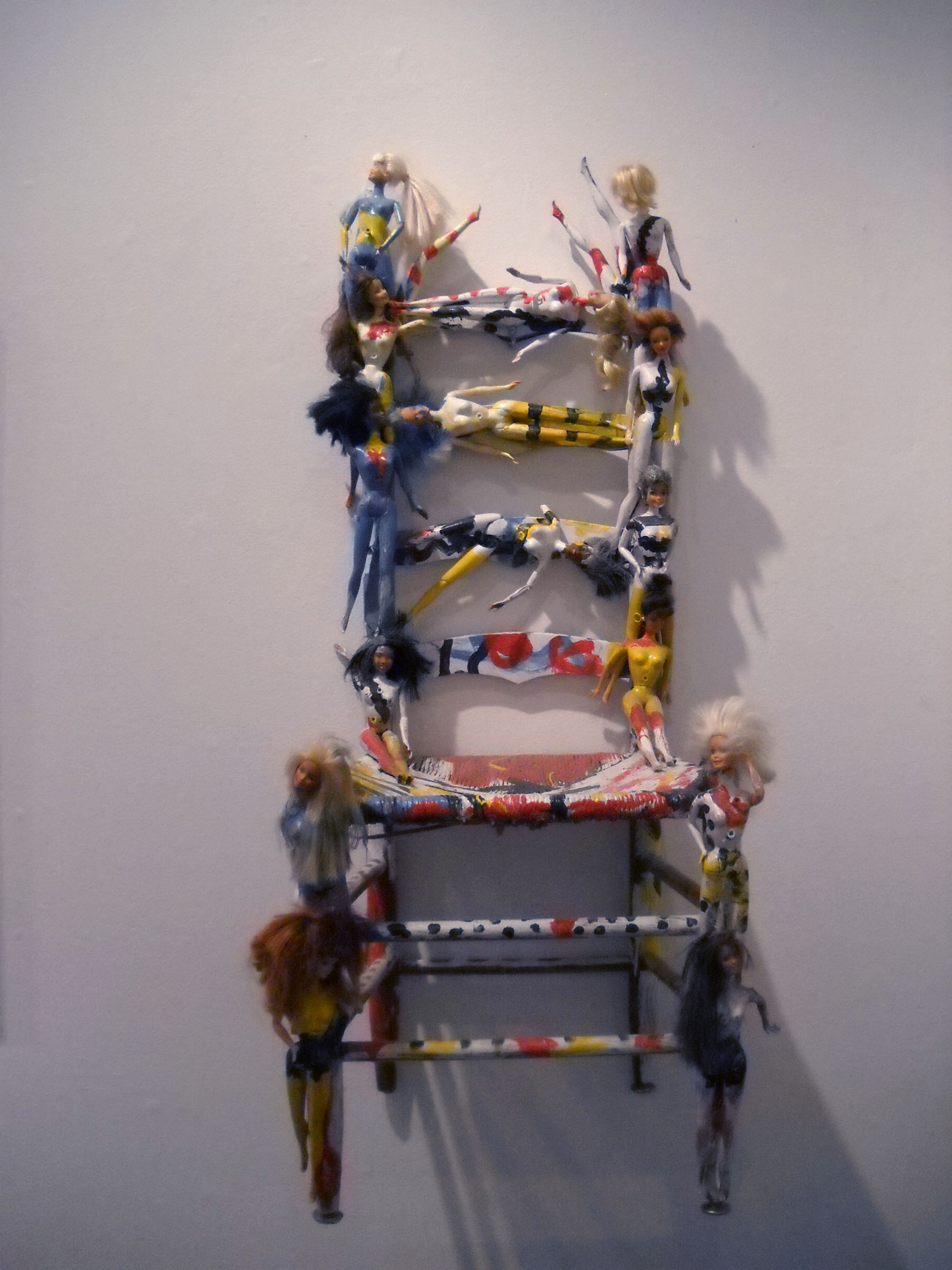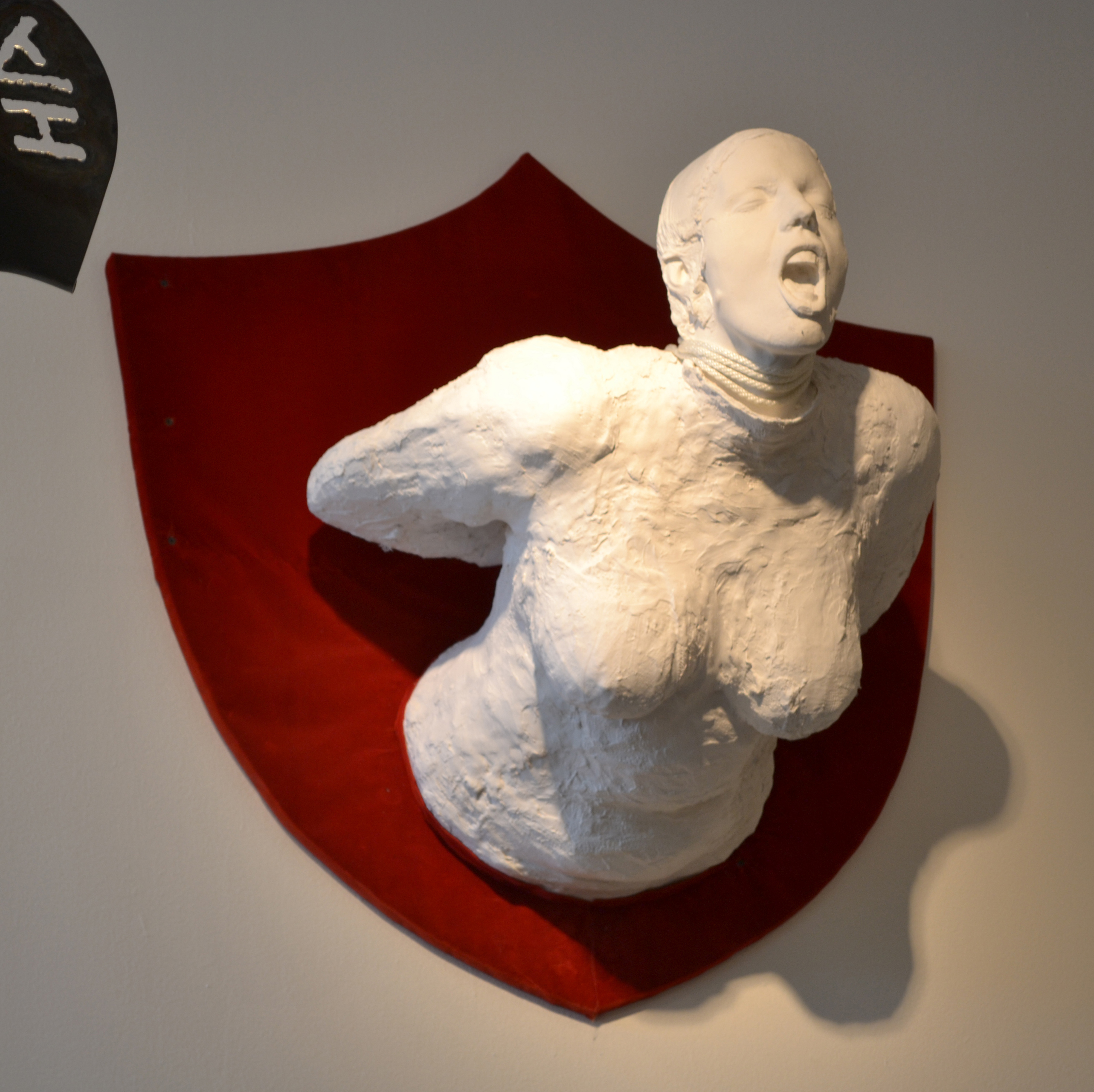The first exhibition of the (re)Moving Walls Project
January 5 – April 20, 2012
Exhibiting Artists:
Larry Jens Anderson, Ann Benton, Shana Berger & Nathan Purath, Chris Clark, Derek Cracco, Thorton Dial, Derrick Franklin, Tia Gardner, Karen Graffeo, Lonnie Holley, Guido Maus, Jim Neel, Peter Prinz, Sonja Rieger, David Sandlin, Carolyn Sherer, Spencer Shoults, Jose Torres-Tama, Jurgen Tarrasch, Margot Wade
Exploring the theme of barriers and limits, the work in “(re)Moving Walls” engages the public with the “Barriers” exhibition as well as future events in Birmingham including workshops and community programs.
Entering “Barriers” through SOE’s front gallery, visitors are confronted by a raining wall of legal paper imprinted with the text of Alabama’s immigration law, HB 56. The installation is a show of the state’s capacity for hate, conceived by Space One Eleven’s artist organizer, Peter Prinz. Integrated with “Alabama HB 56,” attendees discover text from a blog post by artist Jose Torres-Tama entitled “Juan Crow Laws Flying in the Southern Breeze.”
Amongst the falling paper hangs a sheet of plexi glass, a remnant of a performance piece also orchestrated by Prinz. A male and female once stood nude behind a glass as the public was invited to paint over their nakedness. This metaphorical Adam and Eve as well as the marks left on the glass that once covered them are a physical representation of the barrier that society faces when confronted with the natural human body. Nudity and nakedness, especially where one’s own body is concerned, make many people uncomfortable. Thus, our own self-consciousness acts as a barrier between nature and society.
Entering the back gallery, the artwork presented in “Barriers” is funny, ironic, dangerous, and sad. However, it is all a call to attention.
Self-imposed censorship of nature, a shovel defuncted by hate, a chocolate Jesus that reminds us to joyously feast together all bring focus to the deeply flawed Alabama State Constitution and the lack of compassion it possesses. An idyllic traditional Southern family, a wish of happiness for abused women, and the standard of male beauty not easily enjoyed by all are among the barriers that exist for each of us.

















